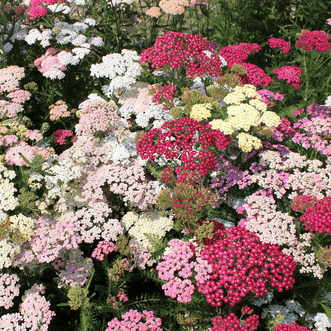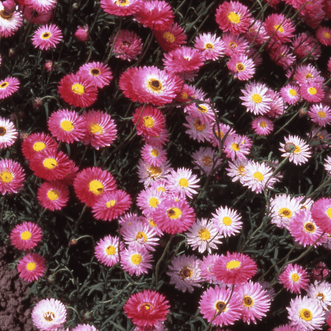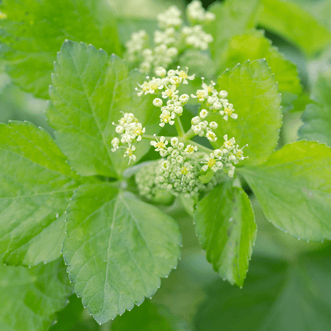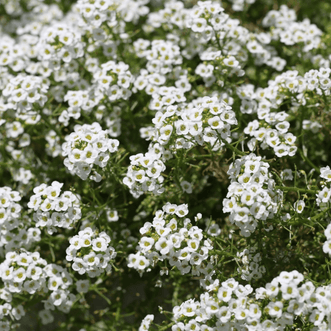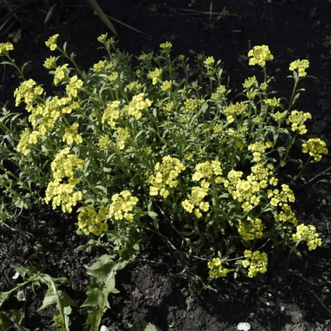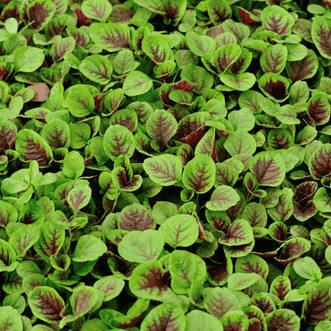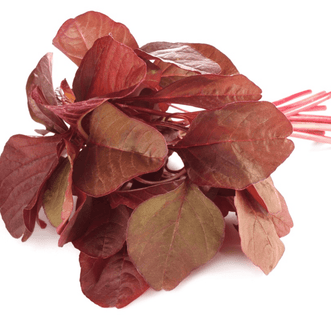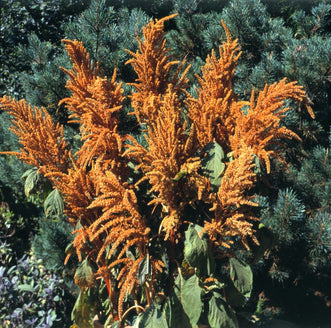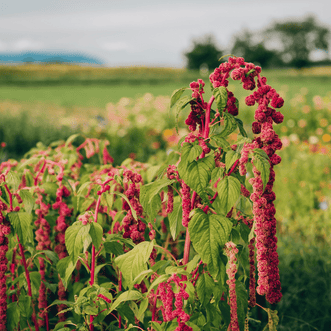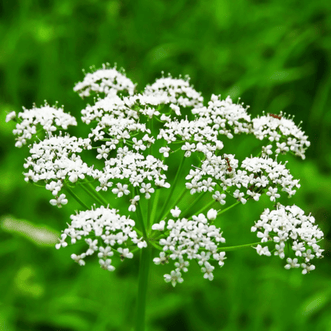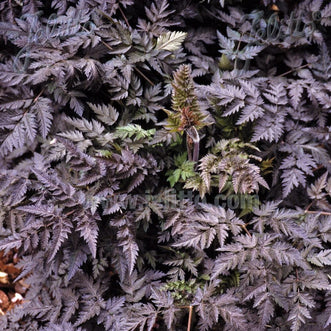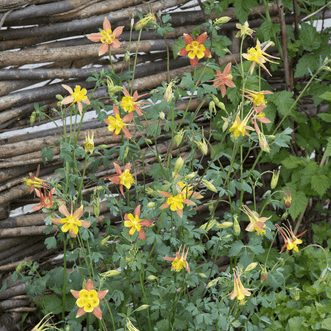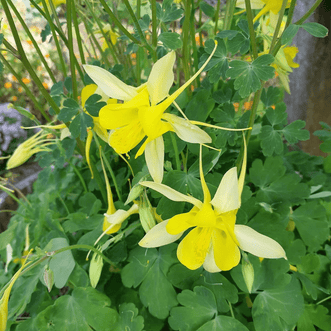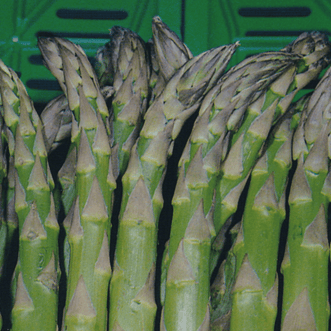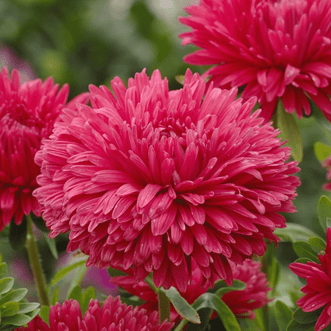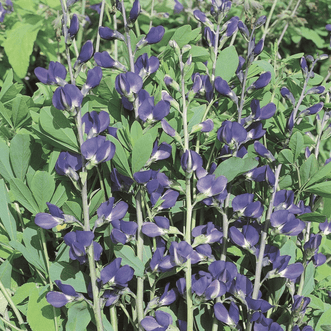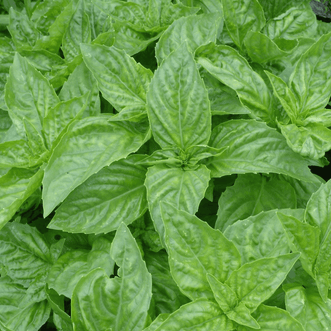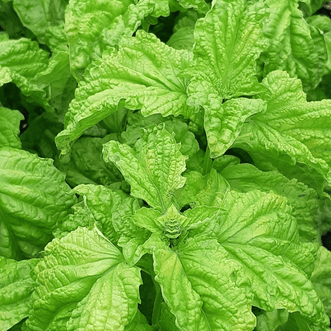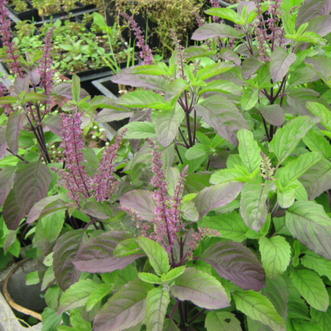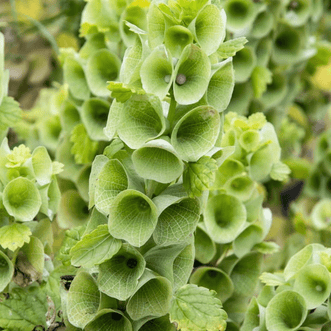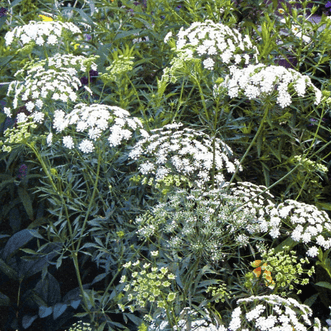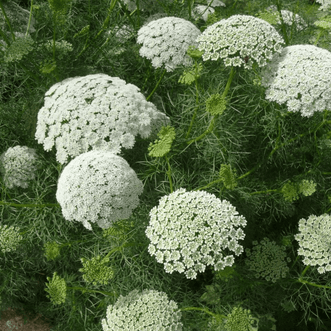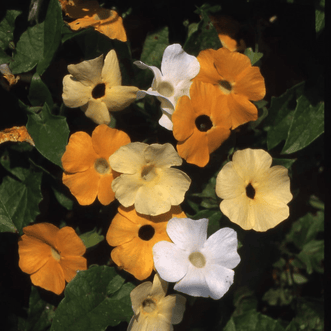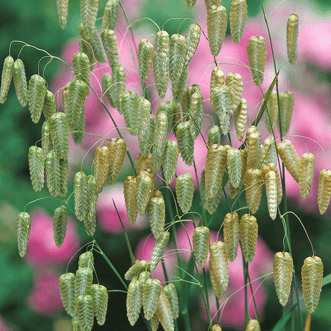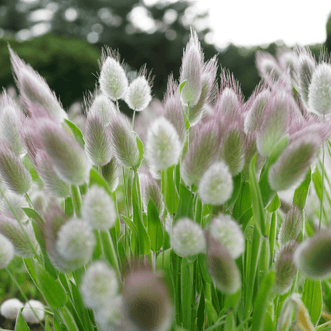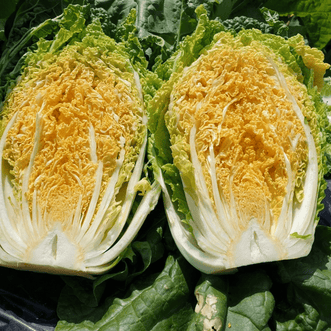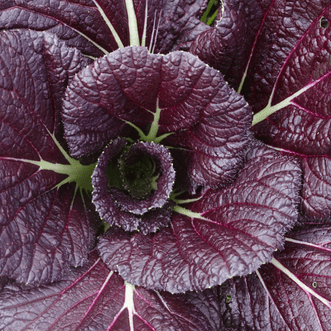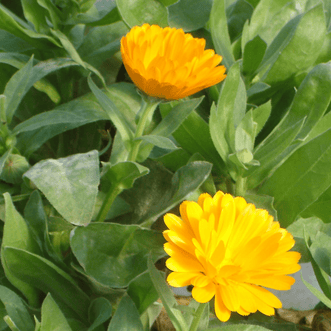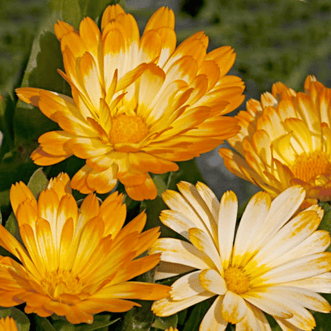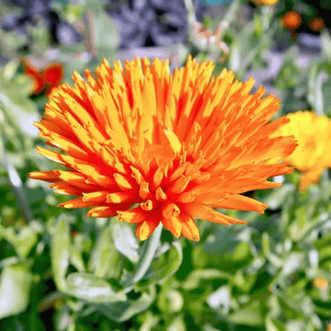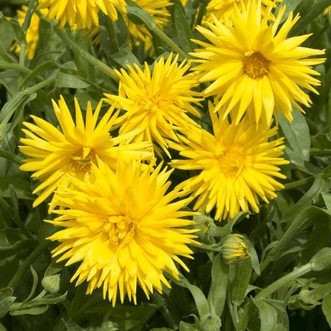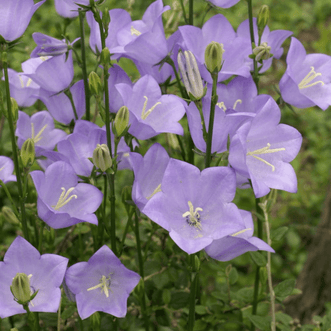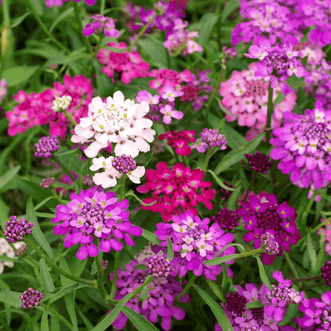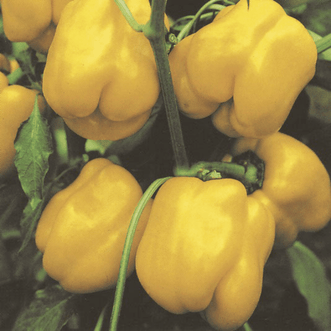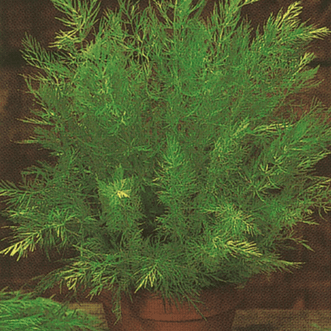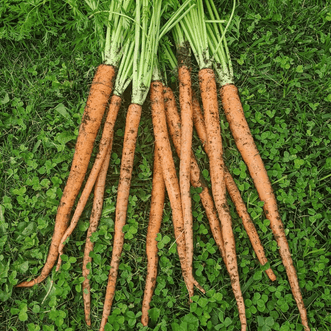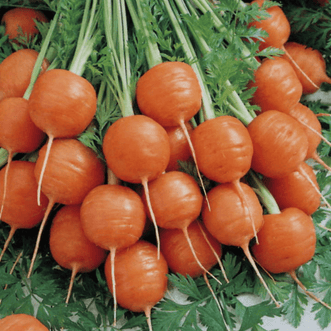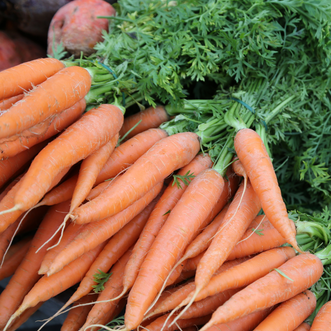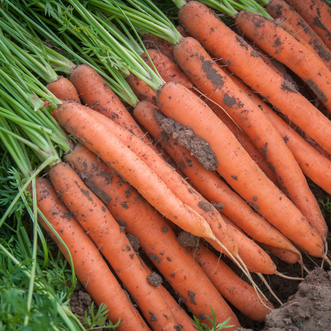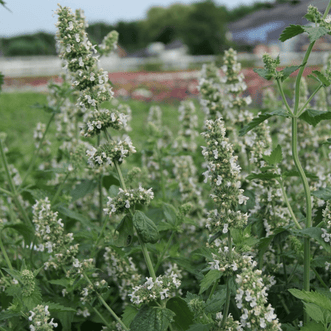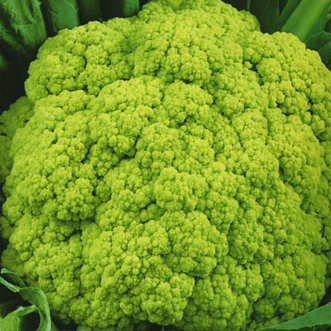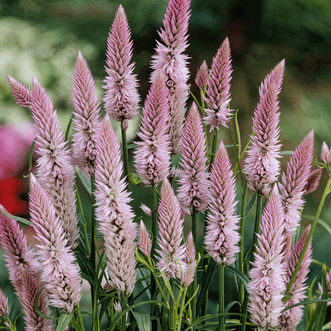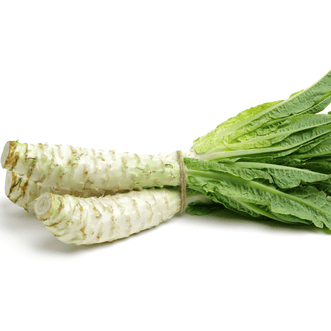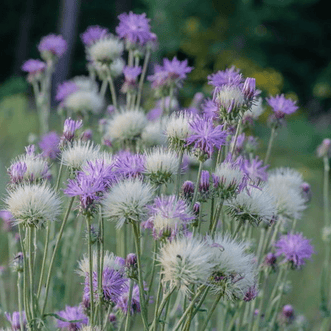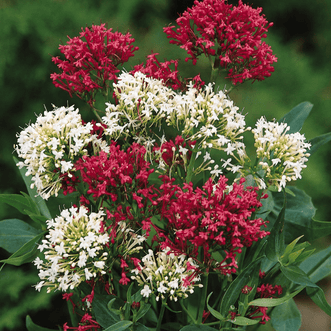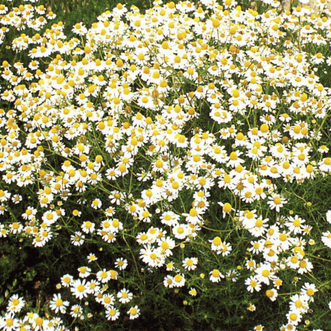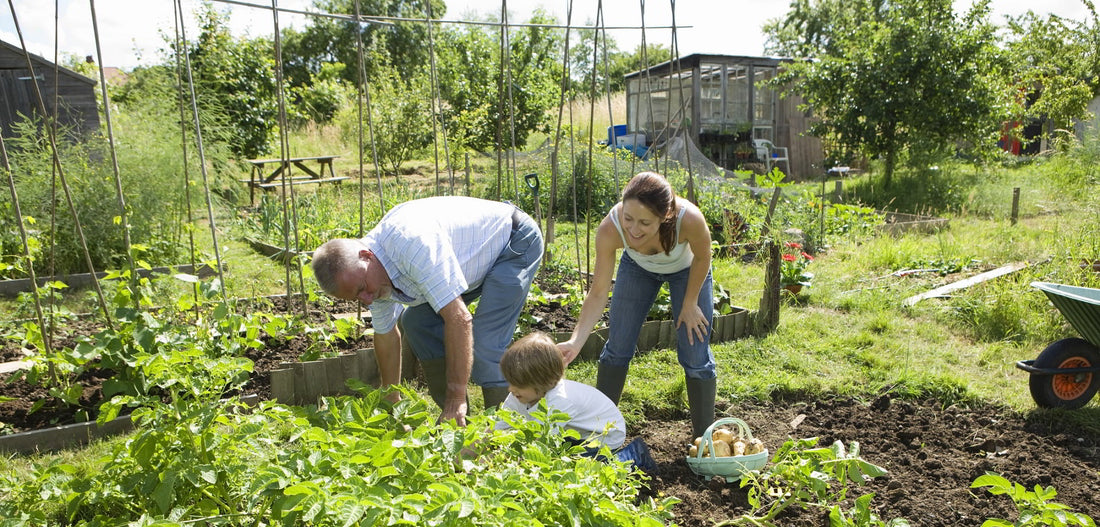
Community Gardens
CarolynIn this week’s blog post we wanted to look at connections, so we are having a look at Community Gardens and what they can offer.

Some background on the history of community gardens…
Community gardens have existed for a long time in society, although the focus and purpose have shifted and changed over the years, as the needs of the times changed. Community gardens have at different times been a response to social problems such as poverty, economic recession, war, urban decline and environmentalism.
The first community gardens were made in vacant communal spaces and were driven by need - in the eighteenth and early nineteenth centuries the poorest did not own land, and using communal space to grow food was a step towards alleviating hunger and poverty.

As time went by, School Gardens and Children’s Gardens followed on in public spaces, using the medium of gardening to provide food for the children’s families, but also to teach discipline and industry to the children, while promoting time spent in a wholesome outdoors environment.
Once World War I began, a need for food became the primary motivation for cultivating community gardens. Gardening became a patriotic act as governments called on their citizens to become “soldiers of the soil” and to grow food for victory.

Between the wars, economic hardship during the Depression of the 1930s meant that these communal gardens became Thrift Gardens, often with support from the local authorities, to help the unemployed and impoverished to feed themselves.
During the more affluent years after the World Wars were over, there was a move away from Community Gardens – until the 1960s and 1970s when people again came together to build community gardens – this time the focus was on environmental stewardship and building a sense of community.
But what about Community Gardens Now?
For city dwellers, and now that the quarter acre section is no longer available to all kiwis, community gardening gives us the opportunity to make use of space in a collective way – finding space in the urban environment where people can come together to work with nature even if they live in a densely populated environment. With vibrant, active community gardens in the cities, even apartment-dwellers can cultivate a piece of land and can have access to all the great things that go along with having your hands in the soil.
Community gardens can act as a social centre and community hub – providing a place to meet, a reason for having an event (and a venue), along with being a place of education. A community garden can bring a community to life in a really unique way – bridging many social, physical and cultural barriers in the simple act of sowing, growing and harvesting. Community gardens can also be a place where we can show how great we are at pulling together when we really need to. There have been some great initiatives in Christchurch during the last five years since the earthquake that have illustrated the great role community gardens can play in healing and supporting a community under stress.

Why are Community Gardens so great? Here are some reasons why we think they are wonderful:

Community Gardens are a great place to learn
Being part of a community garden means you have an opportunity to learn from other (perhaps more experienced) gardeners. You can benefit from seeing what they grow, how they do it, borrow some of their creative ideas. There may even be tutorial sessions where the more experienced can share their knowledge. And there are people around who have a common interest in gardening so you can ask lots of questions.
Community Gardens are a great place to teach
Some people love to teach and share what they have learnt over a lifetime of gardening trial and error. Being part of a community garden allows you to help other keen folk get started with gardening – you will never realise how much you know about gardening until you have had a question and answer session with a keen beginner!
Community Gardens are places to make friends and connect
The modern world can be busy and people can be isolated. Being a part of a community garden can provide opportunities to get to know your neighbours. Friendships can be built across generational and cultural divides – just by speaking the common language of gardeners! Children, older folk, families, people from different backgrounds can all come together in a wonderful diverse mix!
Community Gardens are healthy
Gardening is healthy just on its own – being out in the fresh air and sunshine and being active is just good for both your mind and your body. If you add in the potential for increased social and the psychological wellbeing that comes with that increased connectedness, along with a sense of purpose and community, then becoming involved in a community garden just looks better and better!
Community Gardens have great soil and it keeps getting better
Community Gardens are usually places where people know how to build good soil – rich in organic matter and full of life.
For any garden that has been running for a while, you will benefit from growing in soil that has been built over time. And if you are starting a new garden, you will be building soil for yourself and for the people who come after you, who will love gardening just like you do!

Community Gardens are a place to learn about working with others
Being involved in a collective project can allow us to practice working with others and learn (or role model) the skills of working as part of a team – holding effective meetings, working with people who have different backgrounds, conflict resolution, how to advocate for yourself and your community. Community gardens can more than just a place to grow things – they can be a place of personal growth.
Community Gardens are beautiful
They can be a place of beauty in the midst of built-up urban areas. Community gardens can make a wasteland productive and beautiful and provide a place for people to go and enjoy just being in nature. They can provide an opportunity to be creative and quirky. And while they are giving us somewhere to feed our soul they can be providing a natural habitat to support biodiversity. Somewhere for bees and insects, frogs and birds, even in the city.
Community Gardens are a place to initiate projects
Want to try out a new idea? Being part of a community garden may give you the opportunity to draw on the power of the community to get a project under way. Ambitious projects. Projects that you couldn’t accomplish on your own. Projects that inspire you, amuse you and make a difference to the community garden, or to the community. You have a team to work with when you are part of a community garden – you can achieve more.
Community Gardens grow food and flowers
They are beautiful and productive. You can grow and harvest fresh, delicious food and community gardens often produce generous harvests that allow sharing within the community – the gardens can provide produce for needy families, or can be a venue for needy families to learn to grow food for themselves. The gardens can be a hub for community projects and initiatives as well as a venue for events such as harvest festivals and community meals and celebrations.
Community Gardens are Fun!
You can grow things. And pick things. And get dirty. And you can meet with friends and eat and drink and laugh and sing and sow seeds and dig. And you can put your hands in the soil…….

If you are involved in a community garden, tell us all about it. We’d love to hear your comments. What have been the challenges, and what do you enjoy?
(PS: We love community gardeners - let us know if you are involved with a community garden and we will see what we can do to support your efforts!)

